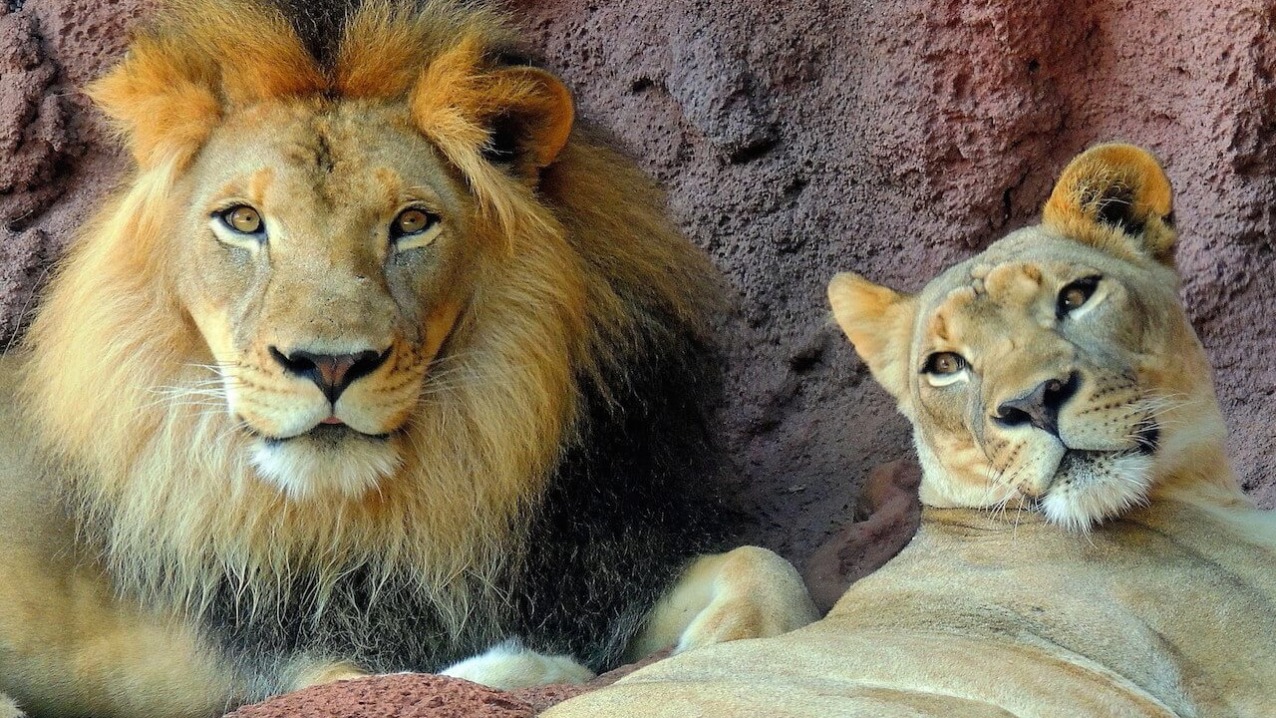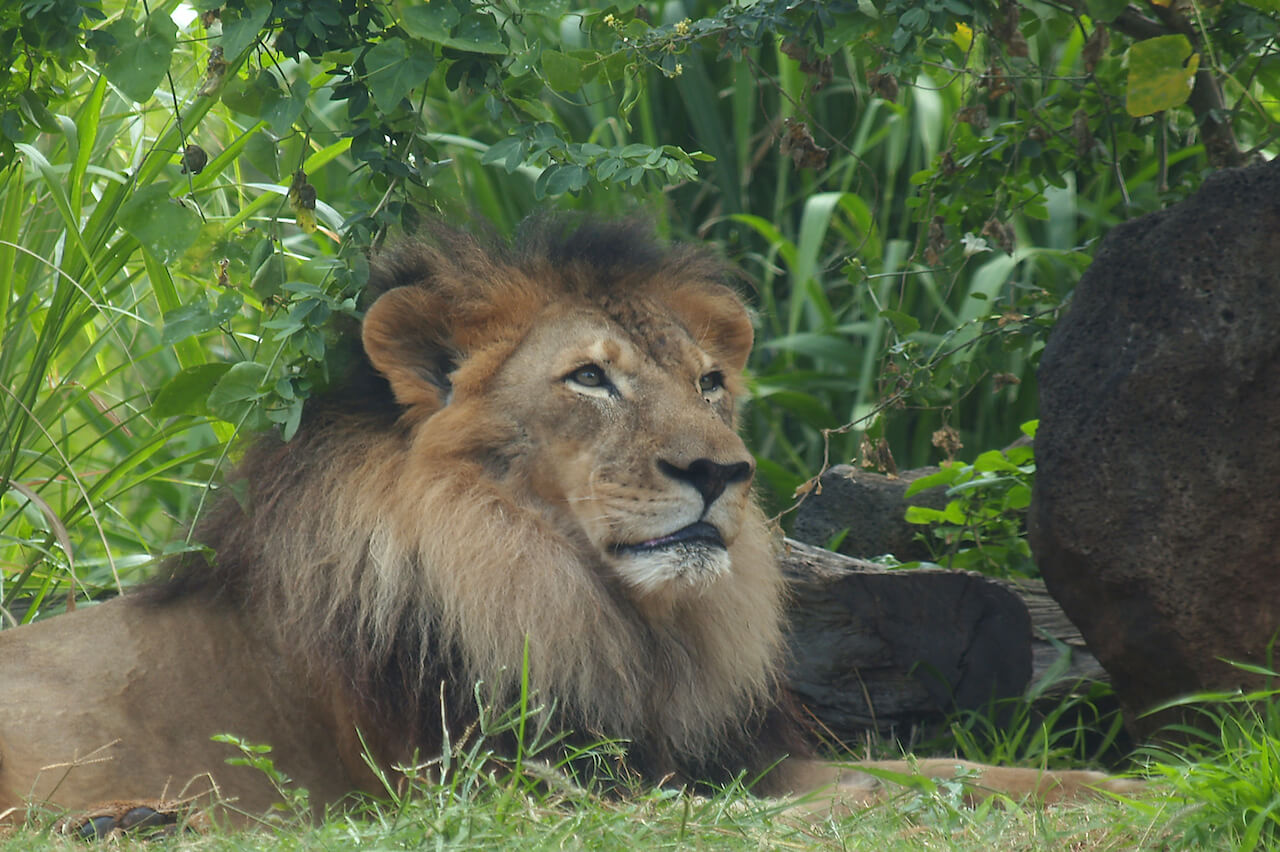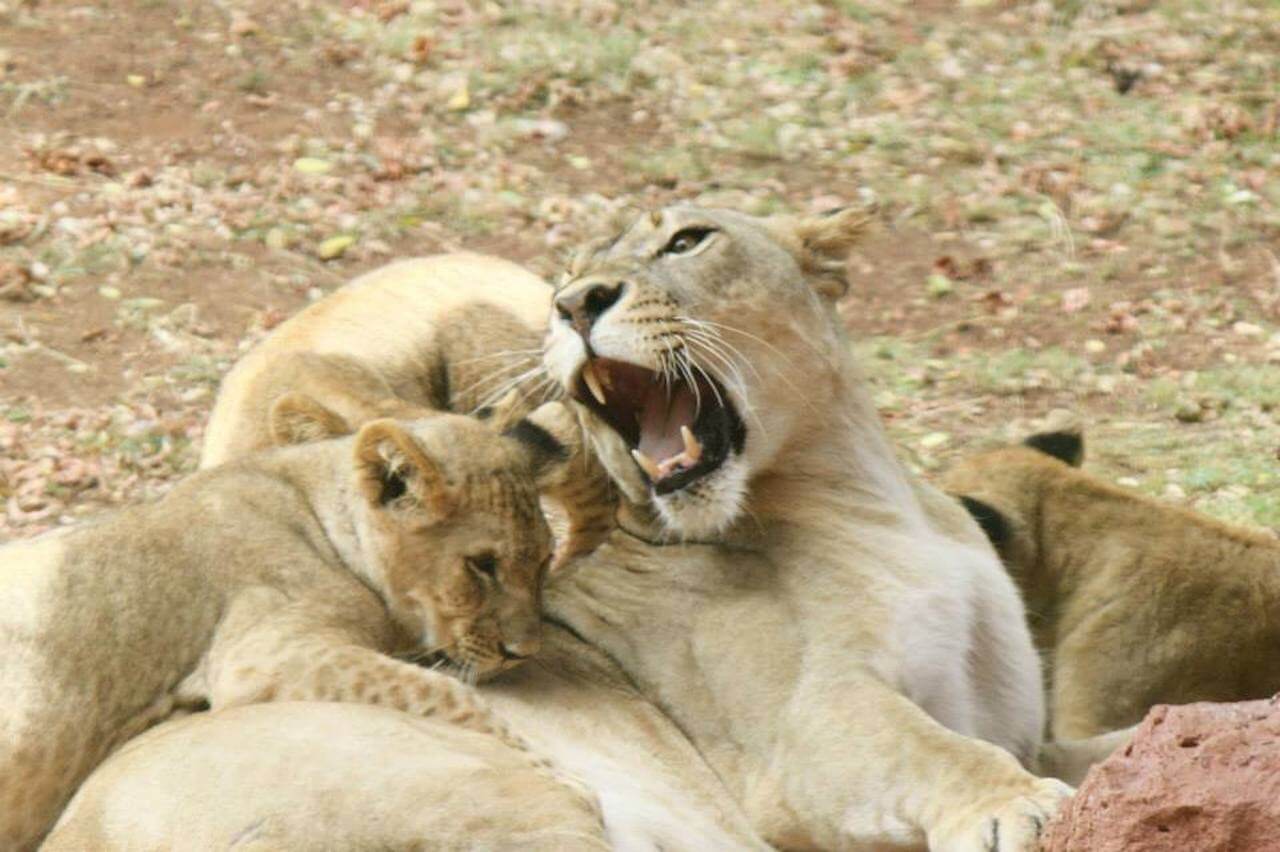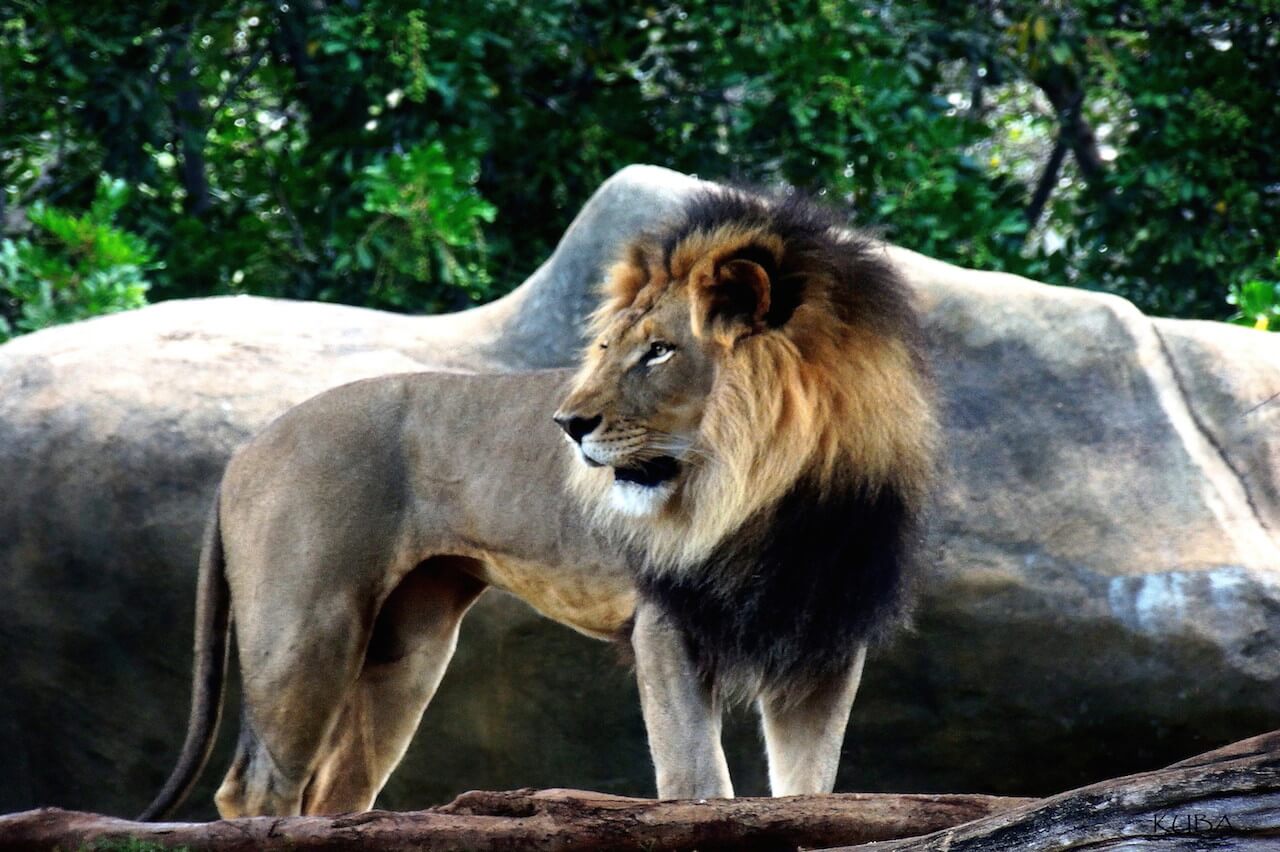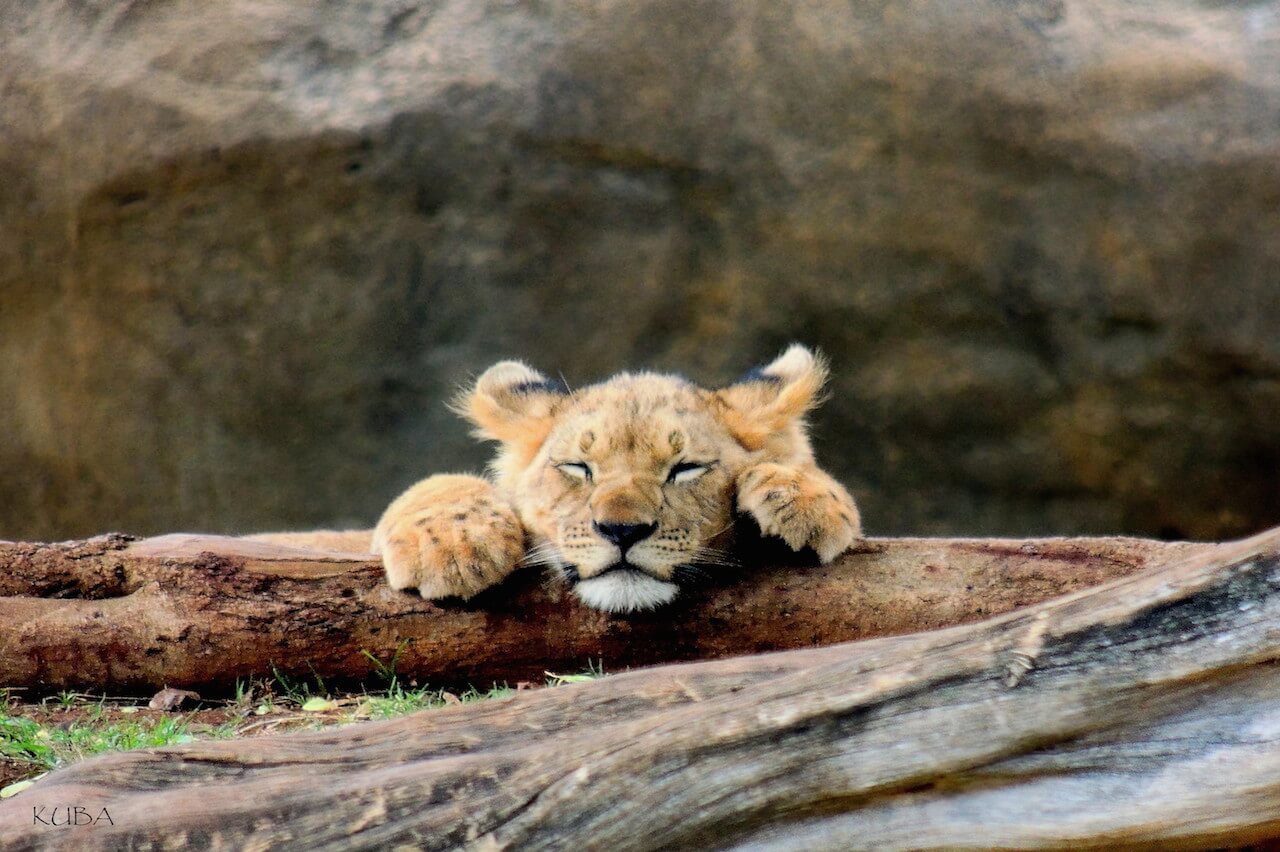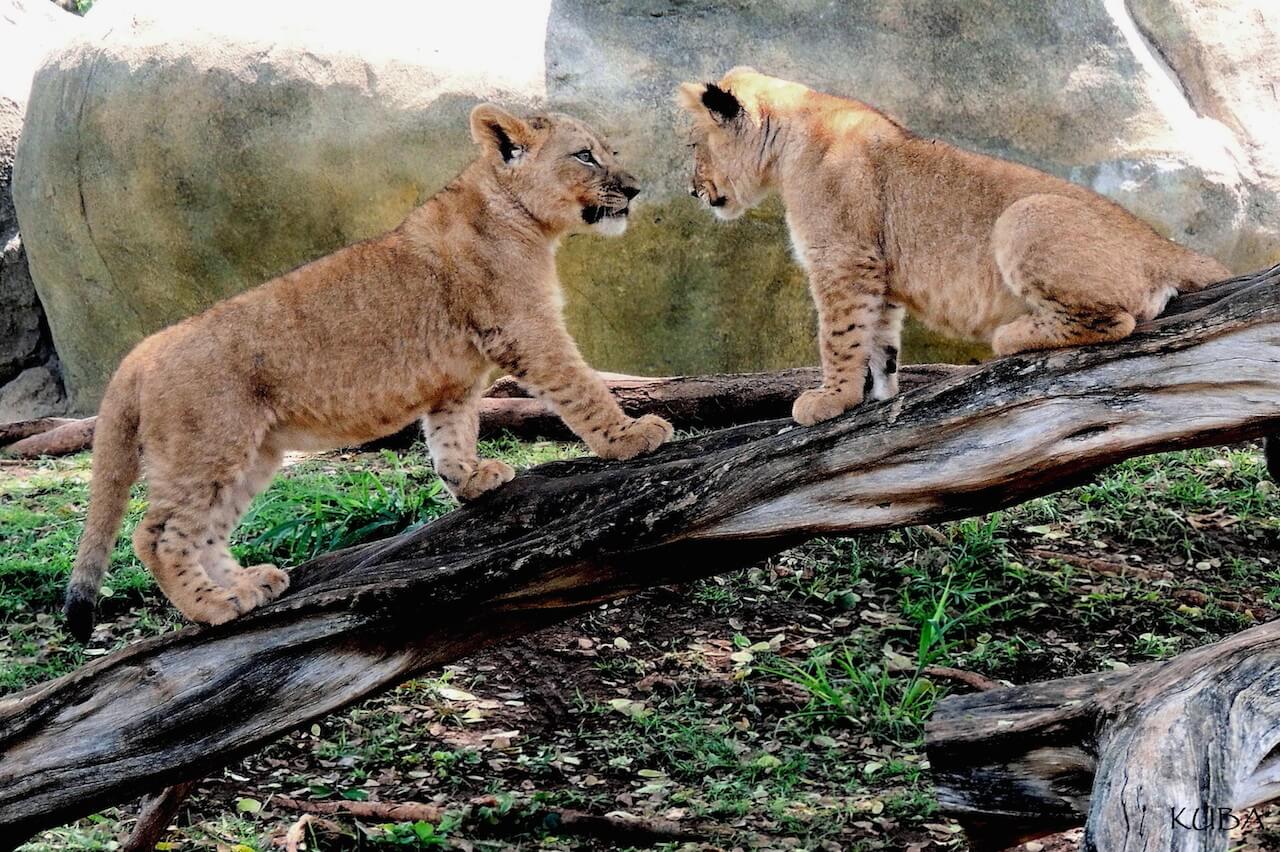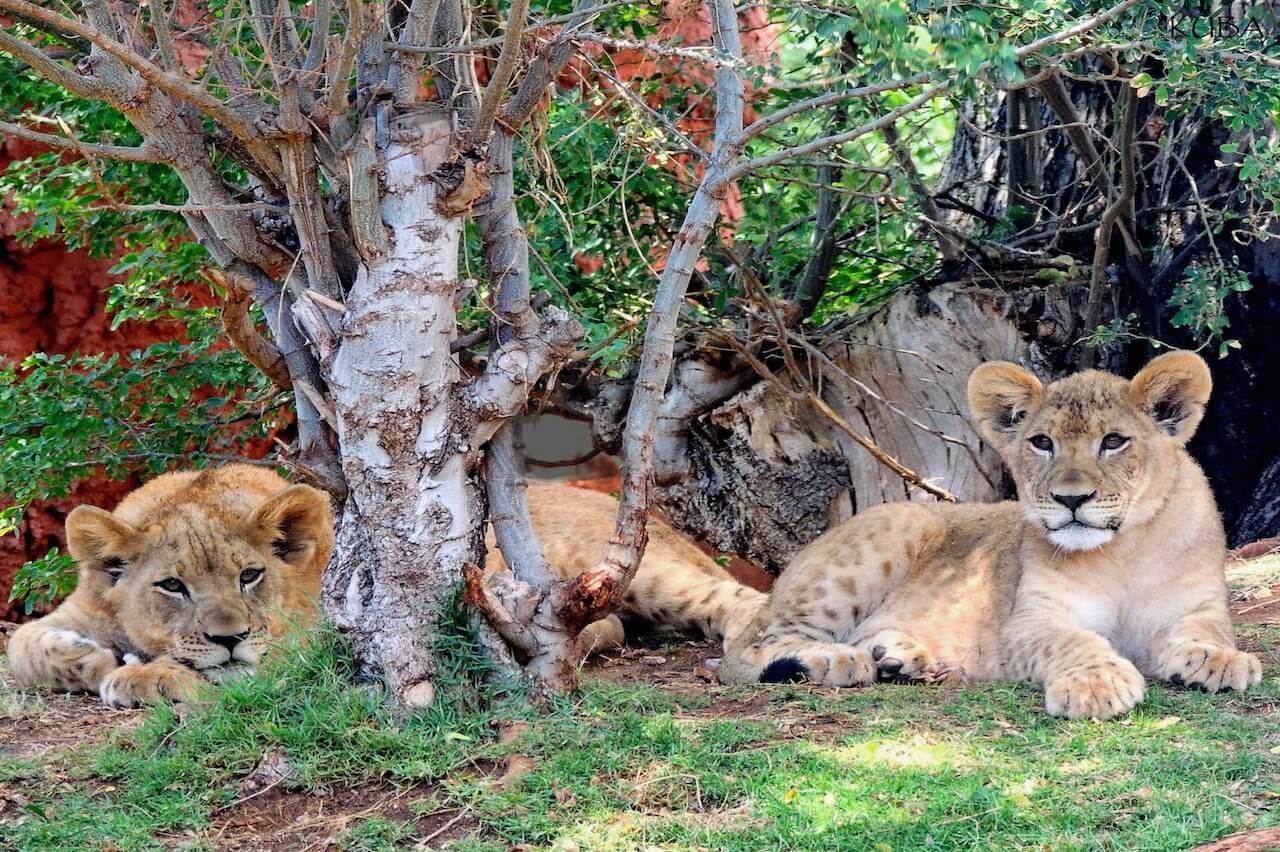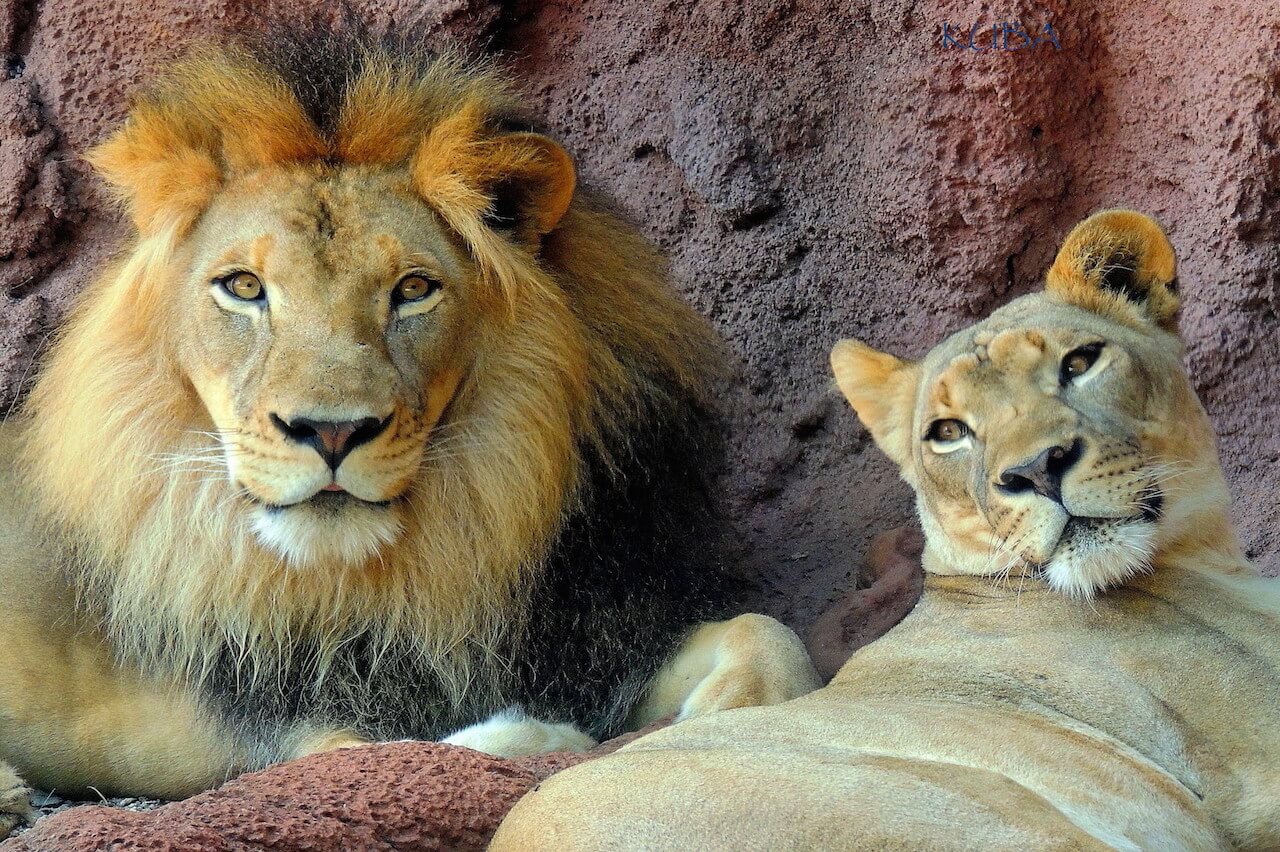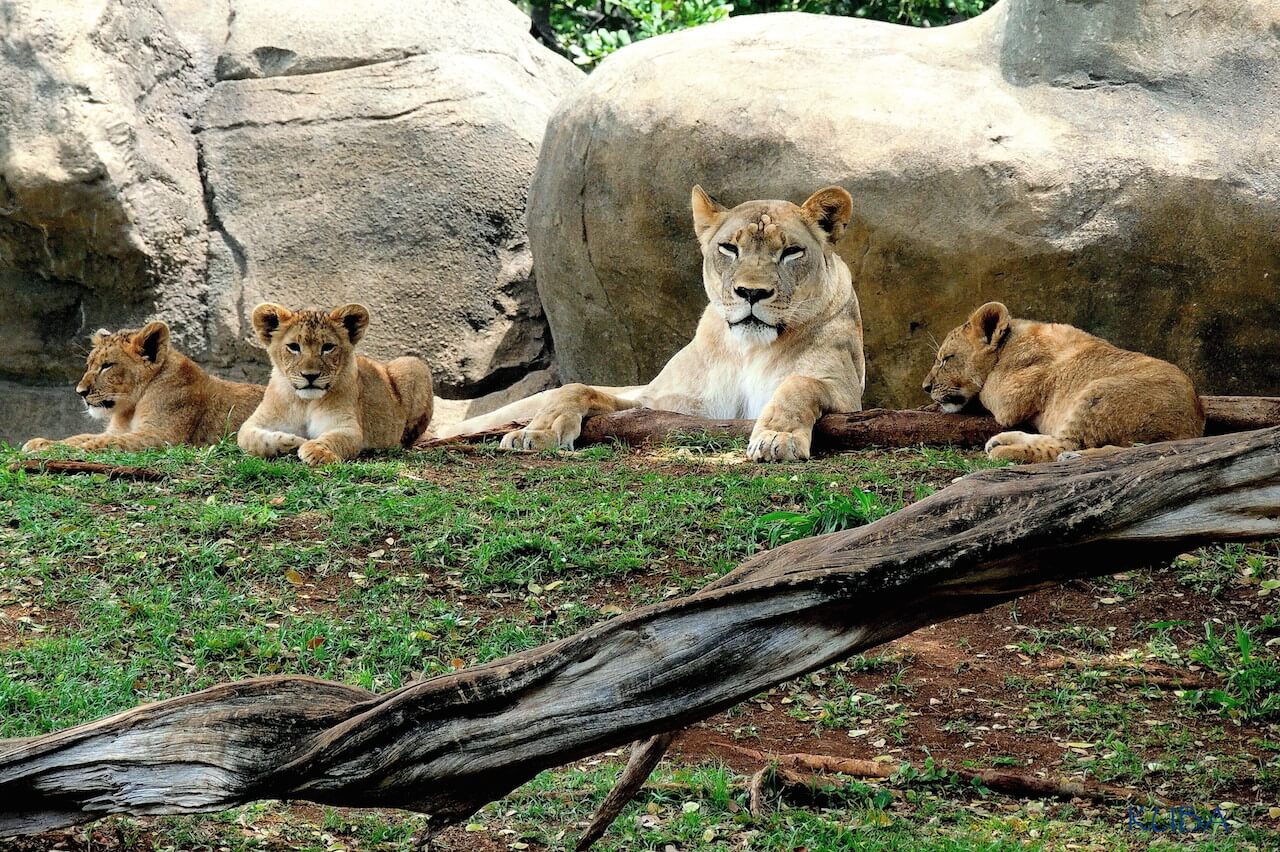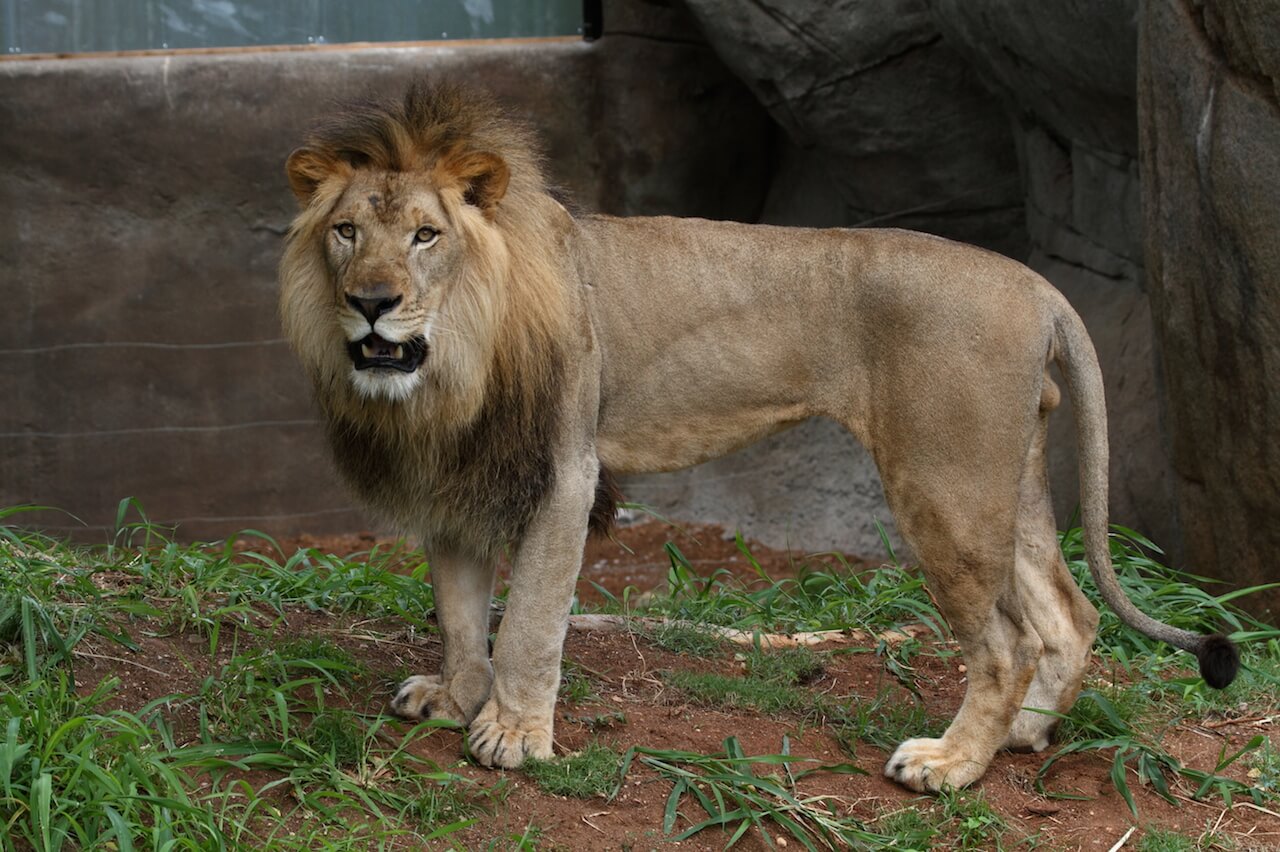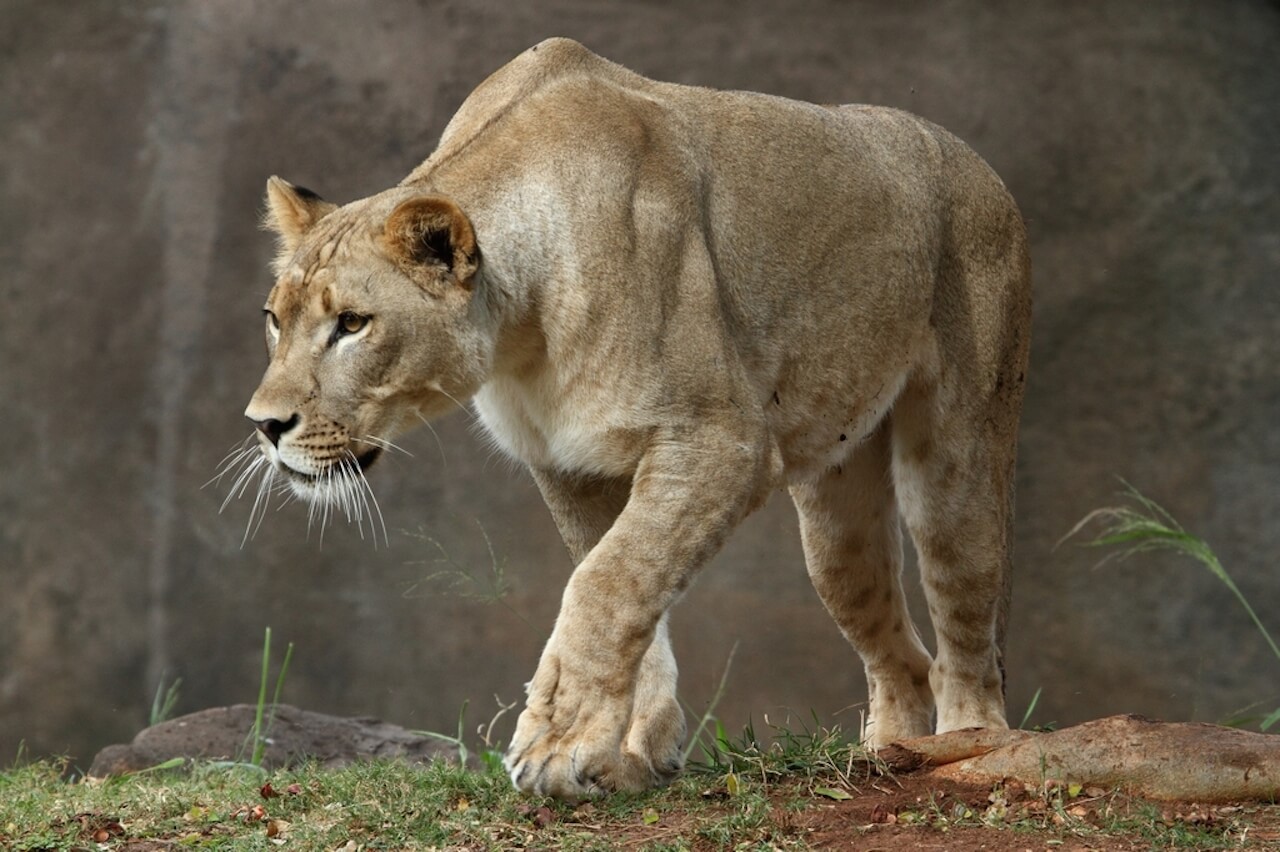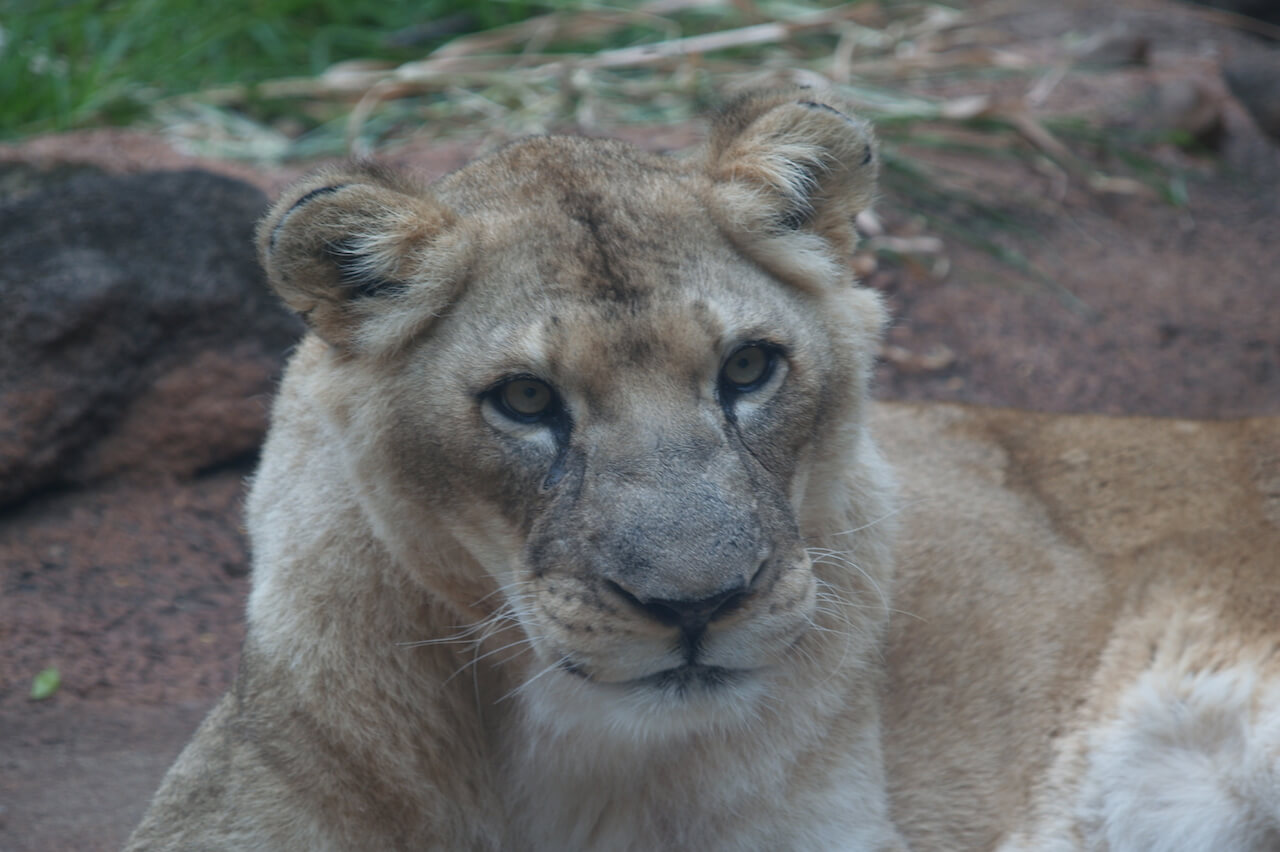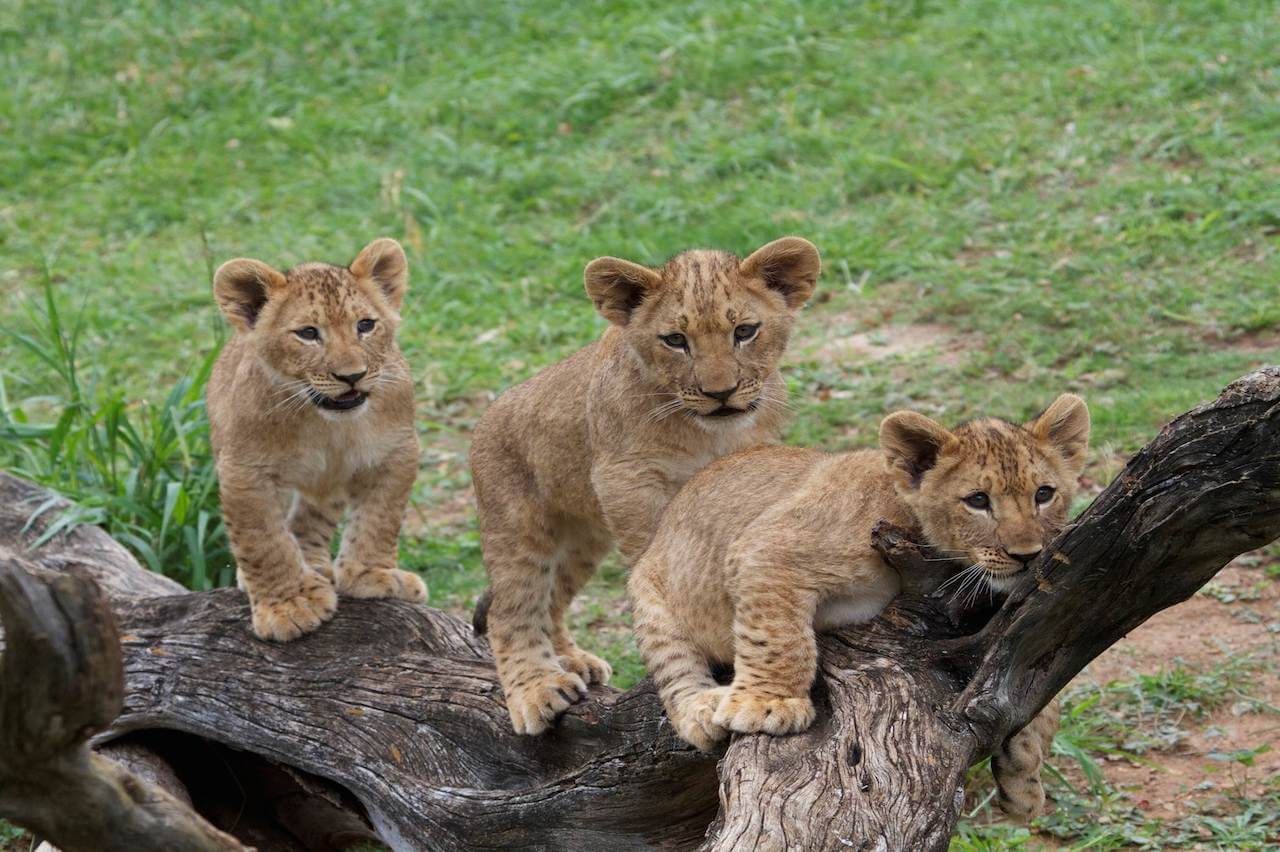panthera leo
Lion
About Me
Scientific Name: Panthera leo
Description
One of Africa’s Big Five, the lion is a carnivore (meat eater) and a hunter. It uses its powerful forelegs to grab or slap down large prey that would otherwise outrun it. The jaws are short and strong with long canine teeth that are used to quickly kill the prey, either by biting the neck and strangling or by biting the nose and suffocating.
Fun Facts
- Lions are opportunistic and will readily scavenge the kills of cheetahs, leopards, wild dogs and hyenas.
- The male rarely hunts with the pride, perhaps because its mane makes it too obvious. Lionesses hunt instinctively in a cooperative fashion.
- Kingdom: Animalia
- Phylum: Chordata
- Class: Mammalia
- Order: Carnivora
One of Africa’s Big Five, the lion is a carnivore (meat eater) and a hunter. It uses its powerful forelegs to grab or slap down large prey that would otherwise outrun it. The jaws are short and strong with long canine teeth that are used to quickly kill the prey, either by biting the neck and strangling or by biting the nose and suffocating. The tongue’s upper surface has small bumps on it which enables the lion to hold on to meat while eating and to remove parasites when grooming.
Its legs are short with very powerful muscles enabling it to sprint and bring down large prey. The ability to retract its claws helps in protecting them so they maintain their sharpness.
Male lions are 20 to 35% larger than the females and 50% heavier. The male’s chief role is to protect the pride’s territory and females from other males. Size is therefore an advantage though it increases the male’s need for food. Only males grow a mane. It causes him to look bigger without increasing his weight or need for food. It also protects him from bites and scratches should he have to fight another male.
Each lion has, what are called, “whisker spots”. The pattern formed by this top row of whiskers differs in every lion and remains the same throughout its lifetime. Field researchers often use this unique pattern to identify specific animals.
Rich grasslands of East Africa to sands of Kalahari Desert, South Sahara to South Africa, excluding the Congo rain forest. They avoid dense forests because prey is scarce. Competition for Africa’s grasslands by humans has drastically reduced the lions’ range.
Lions are more social than most other cat species which are usually solitary by nature. They live in prides composed of 3 to 30 individuals, related adult females and their young. Each pride has its own social dominant hierarchy in which the weakest male ranks above all females. If a resident males are defeated by new males they will leave the pride and typically will never return.
On the open plains, hunting takes place at night. In areas of high grass or thick foliage, it may occur during the day. Research by Dr. Craig Packer, at the Lion Research Center, on the reintroduction of lions into South African Parks, has found that lions will ambush prey at rivers or water holes. They prefer to hunt near river confluences that funnel prey into a small areas. He has found that highly attractive spots will remain so for generations. In two parks where lions were re-introduced, the released animals explored the entire reserve before selecting a specific area and developing a clearly defined home range.
The male rarely hunts with the pride, perhaps because its mane makes it too obvious. Lionesses hunt instinctively in a cooperative fashion. When hunting in a group they fan out to surround prey and attempt to drive it toward one another. Since lions can only run 36 mph., and some of its prey can run up to 50 mph., cooperation and stealth are vital. The females are expert stalkers and the color of their coat helps camouflage them. If a female is hunting alone, it is imperative that she gets a close as possible to her prey, which often has the ability to run faster than her. If an individual is hunting alone it will only be successful about 17% of the time. If two or more hunt together they will have a success rate of 30%.
The prey is eaten by all members of the pride. As each struggles to eat as much as possible, fights erupt, growling, hissing, and paw swiping. The strongest eats the most. Afterwards they all calm down and greet each other affectionately and the peaceful cooperative life of the pride continues.
The tiger is one of only two cats that enjoys being in water (the other is South America’s jaguar). The Sumatran tiger may often be found in a pool or stream, or standing in water to keep cool.
Male and female tigers mark their ranges by spraying scent on trees or bushes.
They communicate with short grunting sounds as a contact call within the troop, sometimes followed with a quick bark.
Adult females require an average of 11 pounds of meat per day and adult males, 15.4 lbs. The pride provides food to its sick and wounded members but not to the male. The male uses his size to take what he wants of the lioness’ kill.
A typical diet will include zebra, giraffe, buffalo, wildebeest, gazelles and impala. Lions are opportunistic and will readily scavenge the kills of cheetahs, leopards, wild dogs and hyenas.
After a gestation period of 100-119 days, the pregnant female leaves the pride and finds a place to deliver. Depending on the physical characteristics of their habitat, lions will hide their newborn cubs in marshes or kopjes.
The number of cubs born depends on the age and dietary condition of the mother. The litter size is 1 to 4 offspring. The pride synchronizes its reproduction so they can rear their cubs together, each suckling the others’ cubs as well as their own. For example, if a lioness is away hunting, her cub will be suckled by another lactating female. Cubs are nursed 6-7 months.
Cubs reach sexual maturity at 24 to 28 months in captivity and at 36 to 46 months in the wild. The difference here is one of nutrition. Overall cub mortality rates are high. In the wild as many as 80% die before they are 2 years old. Because the cubs are not able to compete with larger ones during feeding, some of them starve. Even in times of abundance cubs may starve if all the kills are small.
If a pride is taken over by a new male who has defeated the top resident male, he will most likely kill any existing cubs that are under 2 years old. This rapidly brings the females into breeding condition, ensuring that the strongest male gets to breed and continue his genetic line.
The average lifespan of a lion in the wild is up to 16 years. In captivity, they often live 10 years beyond that.
Lions communicate with each other in a wide variety of ways. The most important is through body contact. Passing lions of the same pride greet each other by rubbing their cheeks together. Sometimes this is prolonged into neck and body rubbing as well.
Grooming serves social as well as physical needs of the pride. In grooming, the hard bumpy tongue combs fur clean, cleans off blood after feeding, and removes ticks, fleas and other parasites. Grooming also reinforces social bonds.
Lions are also extremely aware of the subtle changes in posture of each other. Facial expressions are unusually varied from an antagonistic, defensive threat, with snarling or hissing to an aggressive threat with growls.
From 1993 to 1997, more than 1,000 lions (1/3 of the entire population of the Serengeti Parks) died from canine distemper which was spread from Masai dogs to hyenas, which acted as primary carriers. Hyenas travel long distances and mix with other predators at kills. A vaccination program was set up for 10,000 dogs in villages surrounding the parks to stop the disease at its source. There is an ongoing program for vaccinating the dogs, to prevent parvo virus, rabies and canine distemper which can all be passed to wild animals.
Other Mammals
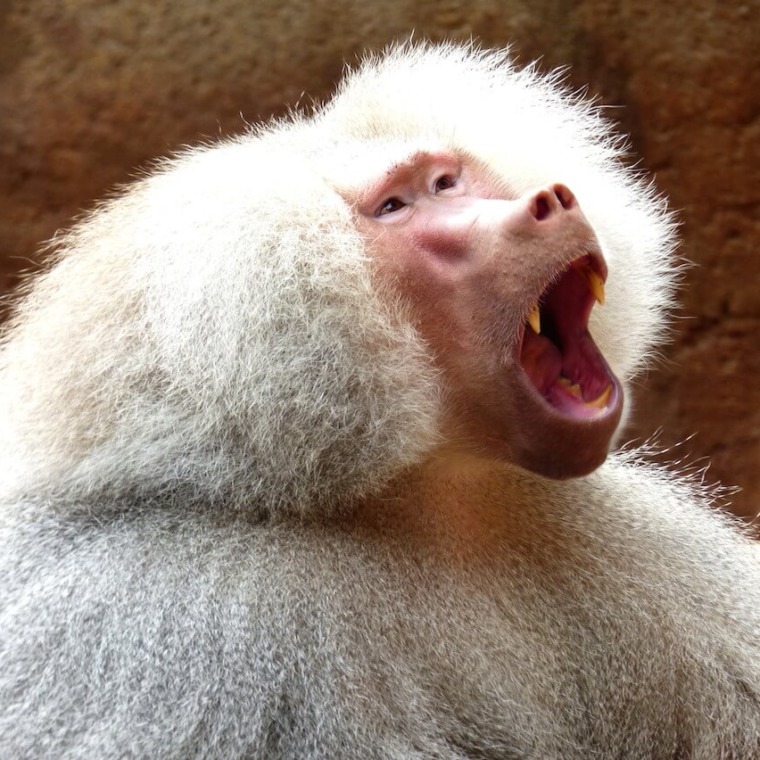
Sacred Baboons are common throughout northeastern Africa, but are extinct in the Nile region and Egypt, where they originally received their name and were worshiped by the ancient Egyptians.
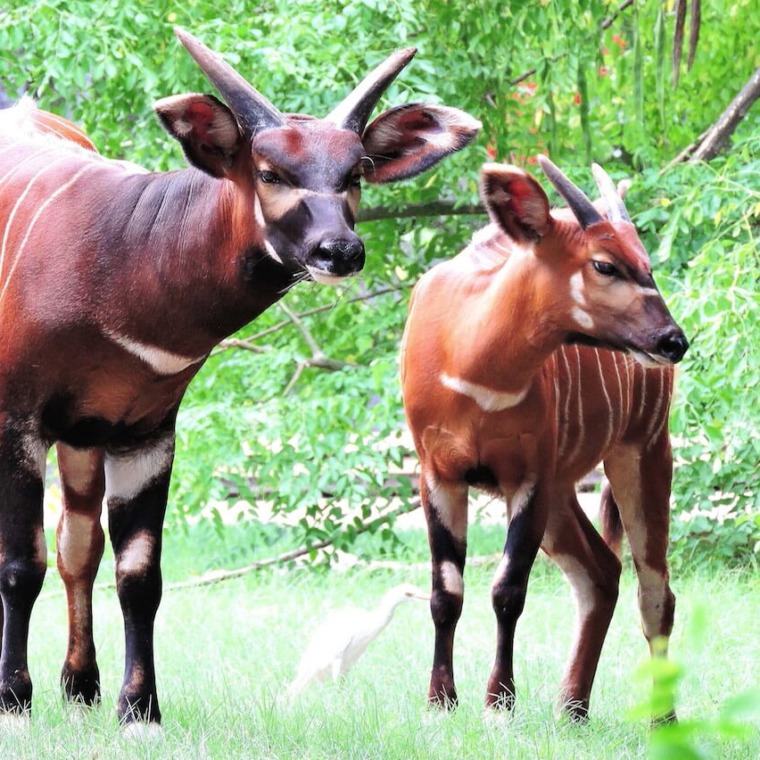
Bongo are most active at dawn and dusk, and often forage near the edges of wooded areas. They normally shy in the wild and flee into the forest for cover at the slightest provocation.
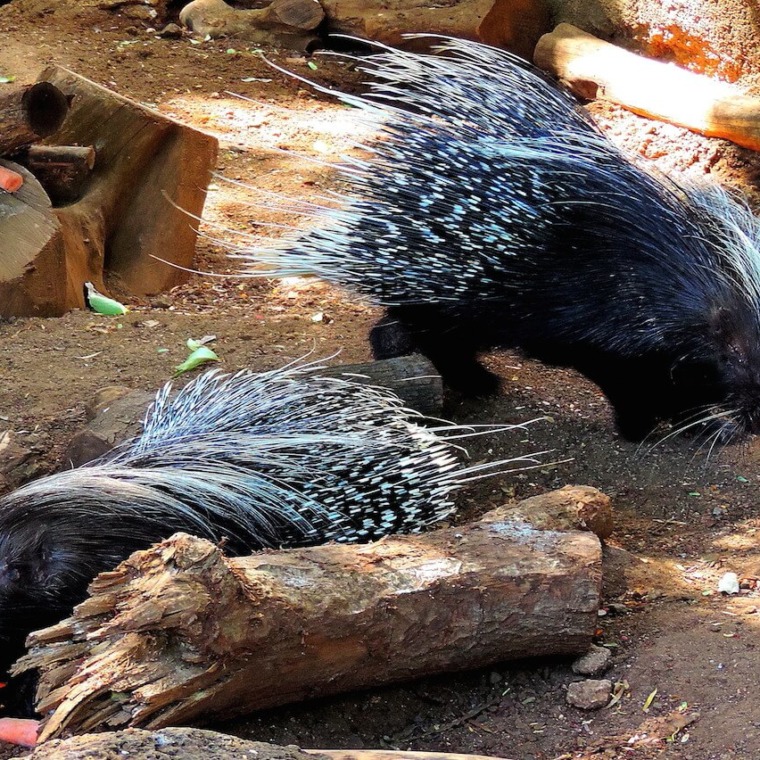
The North African crested porcupine is nocturnal. They are very adaptable and can be found in forests, on plantations, in rocky or mountainous areas as well as in deserts.
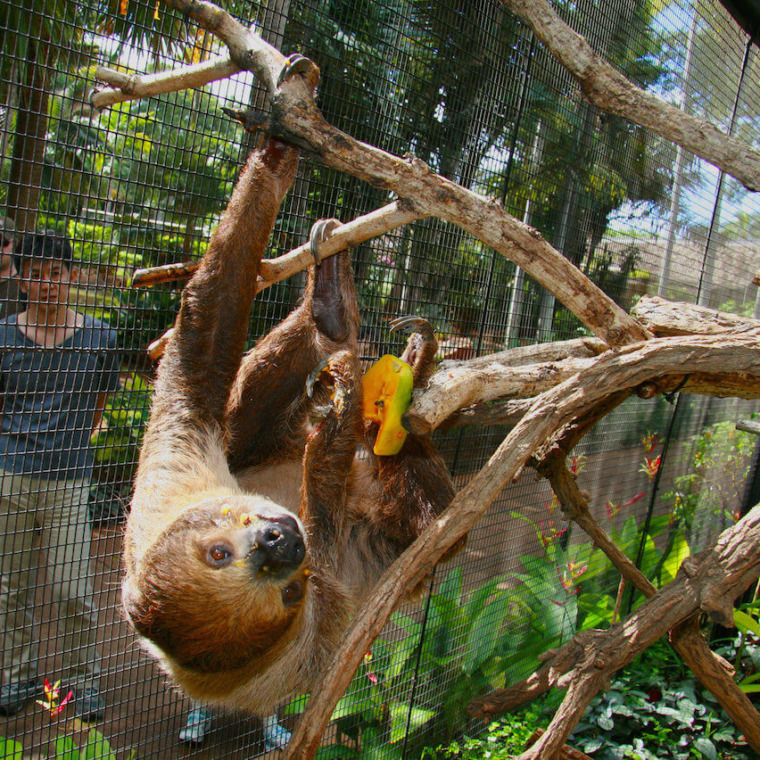
Sloths are found in Central and South America in the rain forest canopy. The Linne’s two-toed sloth is found in such countries as Nicaragua, Columbia, Venezuela, Surinam, Guyana, French Guiana, North Central Brazil, and Northern Peru.
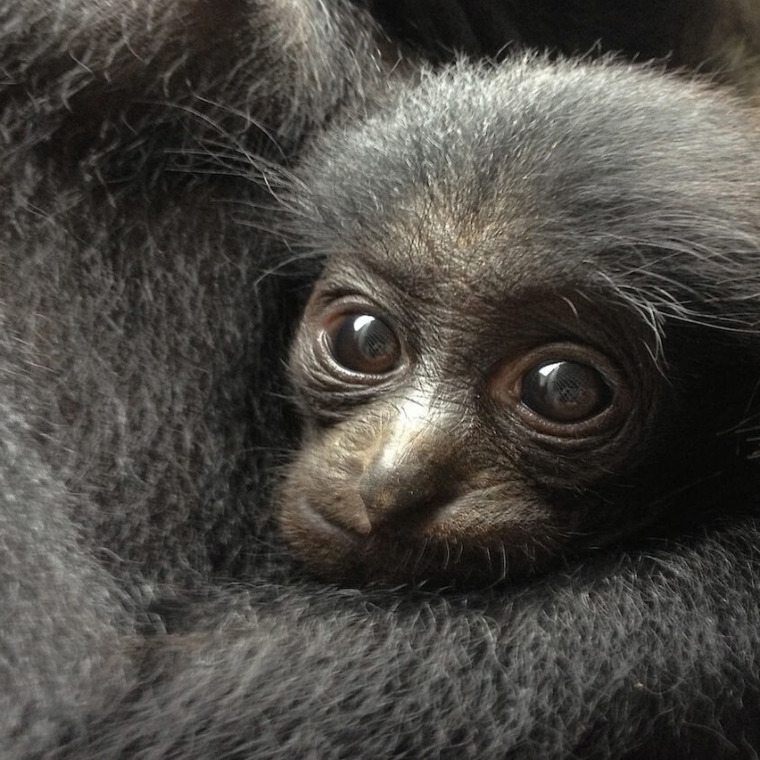
Siamangs range through southeastern Asia and are found in some numbers in the Malay Peninsula and Sumatra.


